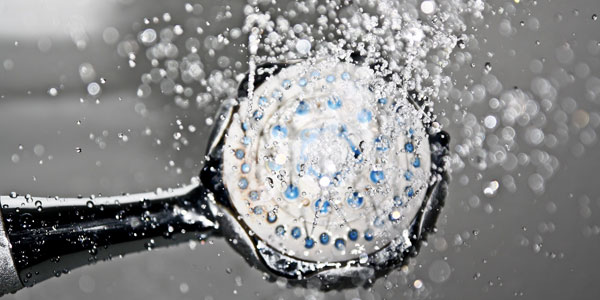Our series examining the CON29DW looks at water pressure.
Question 3.4 of the CON29DW asks “Is the property at risk of receiving low water pressure or flow?” While the question is unlikely to be one of those which can have costly ramifications, water pressure is something that can greatly impact an owner’s enjoyment of their home, and it is included for that reason.
As we’re sure you’re aware, water pressure relates to the force at which it comes through your taps and other appliances such as showers. If it’s not delivered at sufficient pressure, it can be very inconvenient. Water comes out of taps slowly, toilets take longer to refill and showers have low pressure. Some modern heating appliances and showers also don’t work correctly if water pressure is insufficient.
Fortunately, this is something that only affects an increasingly small number of properties. In 1990-91, OFWAT – the water regulator – estimated there were 380,000 properties in the UK with low pressure (which they define as a flow of nine litres per minute at the external stop tap). By 2003 this had dropped to 15,000 and that number is still decreasing.

All water companies keep a register of how many properties in their area have water below this level, and report this to OFWAT. If a property appears on this register, it will be shown in the CON29DW.
A number of different problems can affect water pressure. The water main serving the property may be too small, or leaking. Water pumping facilities may be inadequate, or the property may be at a high altitude. All of these can cause a long-term problem with pressure, which would be recorded by the water company and appear in the CON29DW.
The good news is that water companies are continually working to improve pressure in these areas. The CON29DW will contain a report detailing steps being taken in areas of low pressure.
What doesn’t show however, are temporary problems with pressure, or problems on the customer’s side of the stop tap (which would not be the responsibility of the water company).
Internal problems can be caused by blockages, leaks or old/inadequate plumbing work. Unfortunately, this is not something that is the responsibility of water companies to repair as all water pipes within your property boundary are private.
The most common cause of a temporary loss of pressure is from a burst water main. This will affect all the properties it serves. Fortunately, these tend to only last a few hours as water companies prioritise their repair. Severn Trent Water have a live updates map which shows problems they’re aware of.
If you suspect a burst main may be affecting your property, the first thing you should do is check to see if your neighbours are experiencing the same problem. If so, and Severn Trent don’t appear to be aware of it, you can report it by calling 0800 783 4444.
Another cause of temporary problems concerns properties which are on a shared supply with a neighbour. If they’ve turned their supply off for any reason (such as to carry out work on their own property) it can affect the supply of neighbouring properties. Again, there’s little that water companies can do in these circumstances as the problem is on private land.
As we stated earlier, low water pressure tends to be more of an inconvenience than a major problem, and thankfully long-term occurrences are rare. It is however something it helps to be aware of prior to moving, as it can affect the enjoyment of your home.
